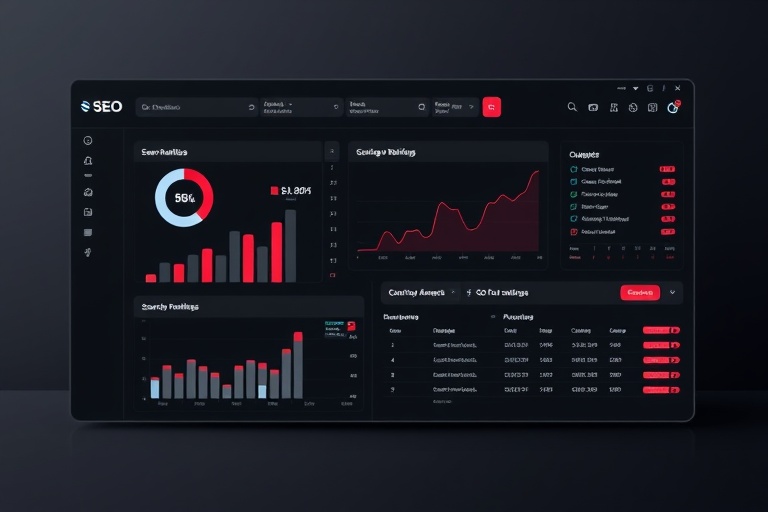
AI SEO for Beginners: How AI Helps You Rank Faster With Less Work
Discover how AI-powered SEO tools can help you rank higher in search results faster and with less effort. Learn practical strategies for beginners.
Discover insights and strategies to grow your business online

Discover how AI-powered SEO tools can help you rank higher in search results faster and with less effort. Learn practical strategies for beginners.
Master AI content creation with tools and strategies for creating high-quality marketing content that drives results.
Protect your small business from cyber threats with essential security strategies and best practices.
Master Google Ads with proven strategies for creating profitable campaigns and maximizing ROI.
Our team is here to assist you. Get in touch and we'll help you find exactly what you need.
Contact Us